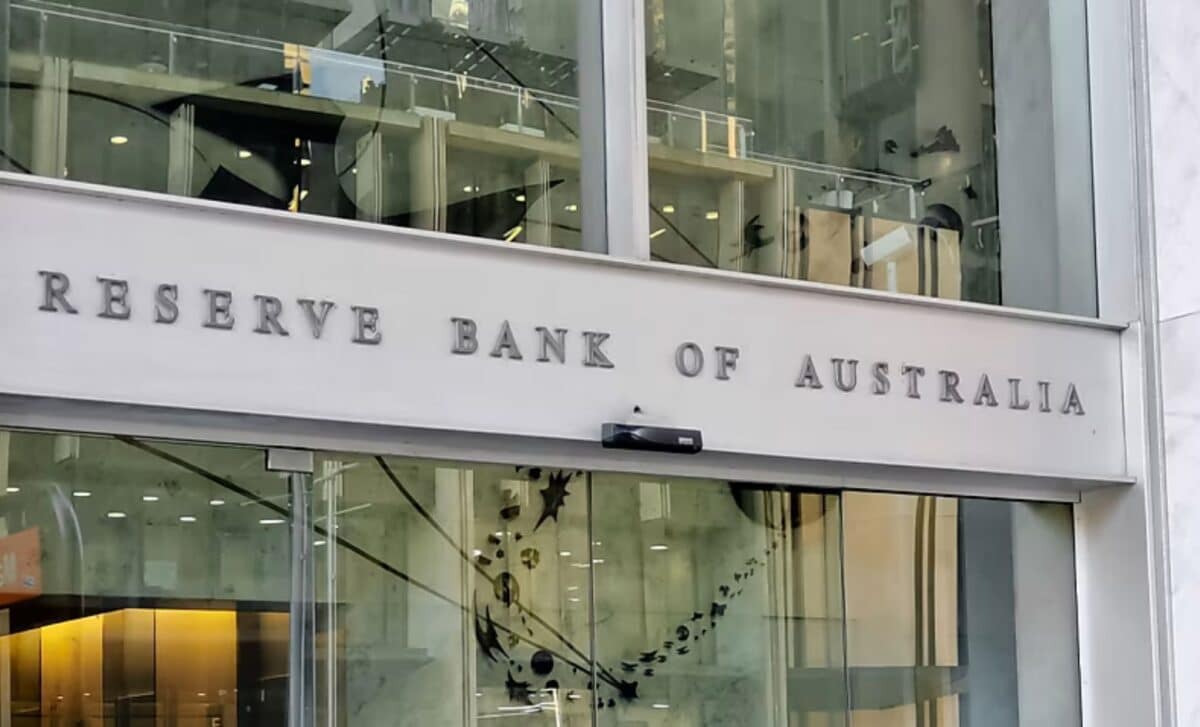Sweeping US tariffs announced by Donald Trump could intensify financial vulnerabilities outlined by Australia’s central bank. The Reserve Bank of Australia warns of ripple effects across equity markets, global funding channels, and rising cyber risk.
Australia’s Financial Stability Review was released just hours before the tariff announcement, offering a timely reference point on the systemic risks facing the country. Though Australian institutions remain relatively robust, the report details three key risk areas—each one exacerbated by the new trade policies.
The RBA’s analysis is biannual, focusing on risks to banks, superannuation funds, insurance companies, and financial markets. While not forecasting immediate fallout, the central bank’s report suggests these developments could push already fragile systems closer to a tipping point. Its findings serve as a warning on the potential global impact of deteriorating trade relations.
Equity Market Volatility and Contagion Risks Rising
The first concern identified by the Reserve Bank of Australia is the heightened fragility of global equity markets. According to the report, “compressed risk premia and concentration of exposures” leave markets vulnerable to a sharp correction triggered by geopolitical uncertainty.
That uncertainty materialised quickly, with Trump’s tariffs prompting steep declines in major indices. The ASX 200 dropped 1.2 percent mid-session, while Japan’s Nikkei fell 2.6 percent and the Nasdaq futures lost 3.4 percent.
The risk lies not just in short-term losses but in the potential for broader contagion. The RBA notes that “a sharp repricing of risk” could raise borrowing costs globally, affecting refinancing operations for corporations and reducing credit availability.
The report highlights that Australia’s reliance on international funding could leave its institutions exposed to tighter liquidity conditions, should investor confidence falter.
China’s Policy Response and Cyber Threats Add to Pressure
The second key risk outlined in the review concerns China, Australia’s largest trading partner. According to the RBA, the imposition of US tariffs on Chinese goods could “necessitate a further policy response from the Chinese authorities”.
Any such action may include economic stimulus or currency adjustments, but a disorderly transition could impact global markets. The review warns that macro-financial instability in China could spill over to Australia via trade and investment channels.
The third area of concern is operational risk, specifically the increased threat of cyberattacks amid growing geopolitical tensions.
The RBA highlights that “operational systems in key financial market infrastructure” are at greater risk, and that these threats could intensify if global conflicts escalate. Such events could disrupt not only financial institutions but also critical infrastructure, complicating any coordinated economic response.
Australian banks are well capitalised, and households and businesses retain some financial buffers, according to the RBA. But the report concludes that while Australia is better placed than many, it is not immune to global shocks—particularly when they come from multiple directions simultaneously.









